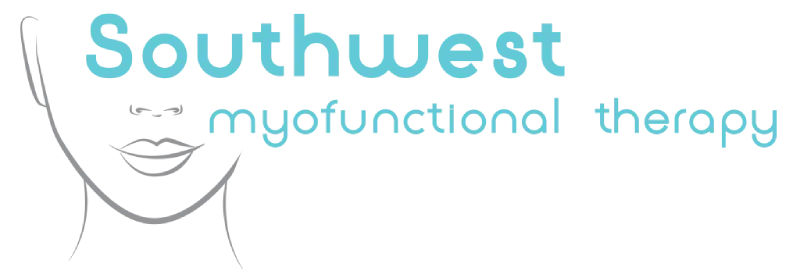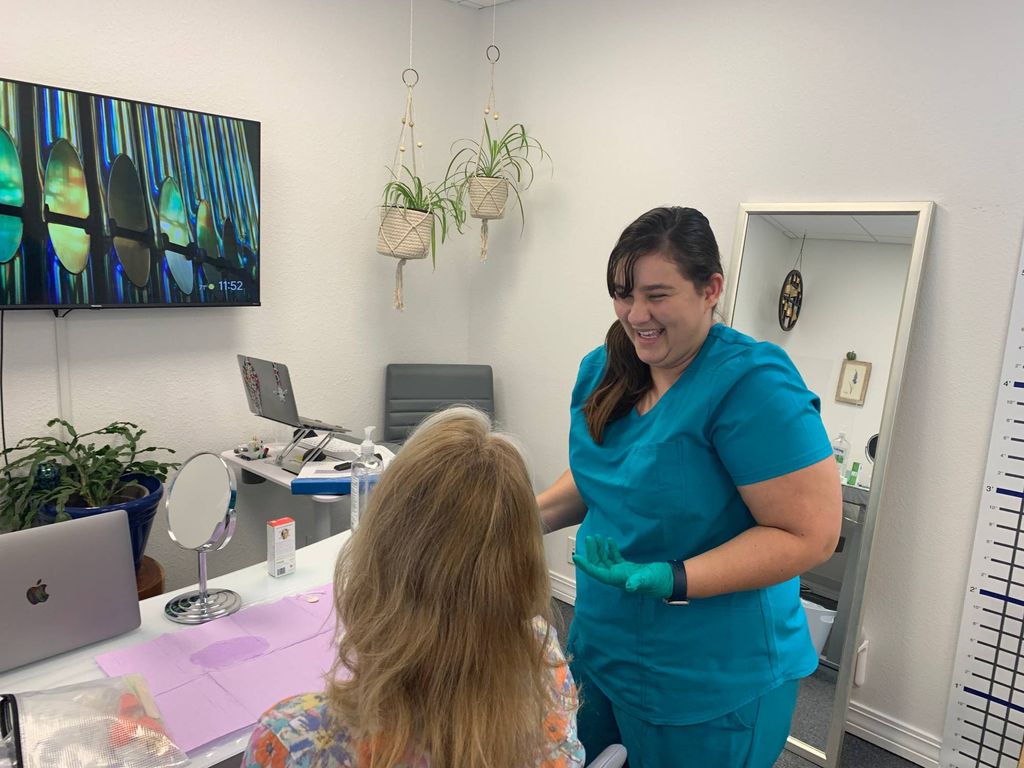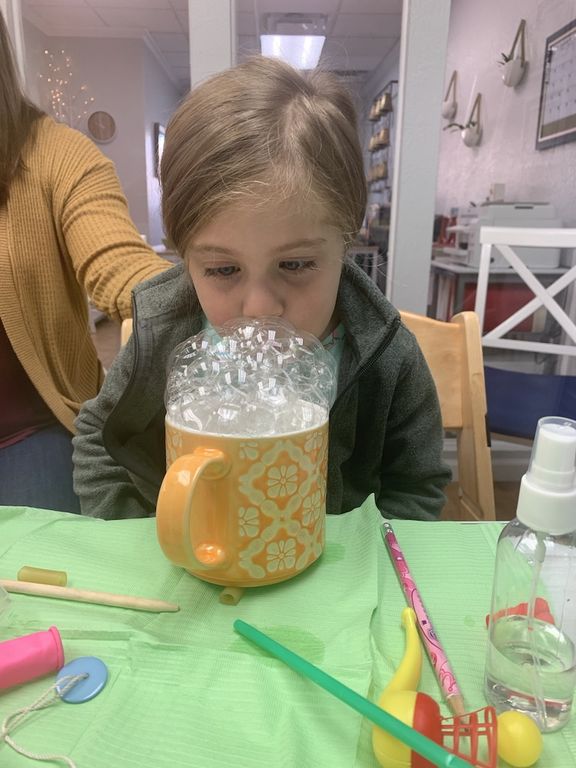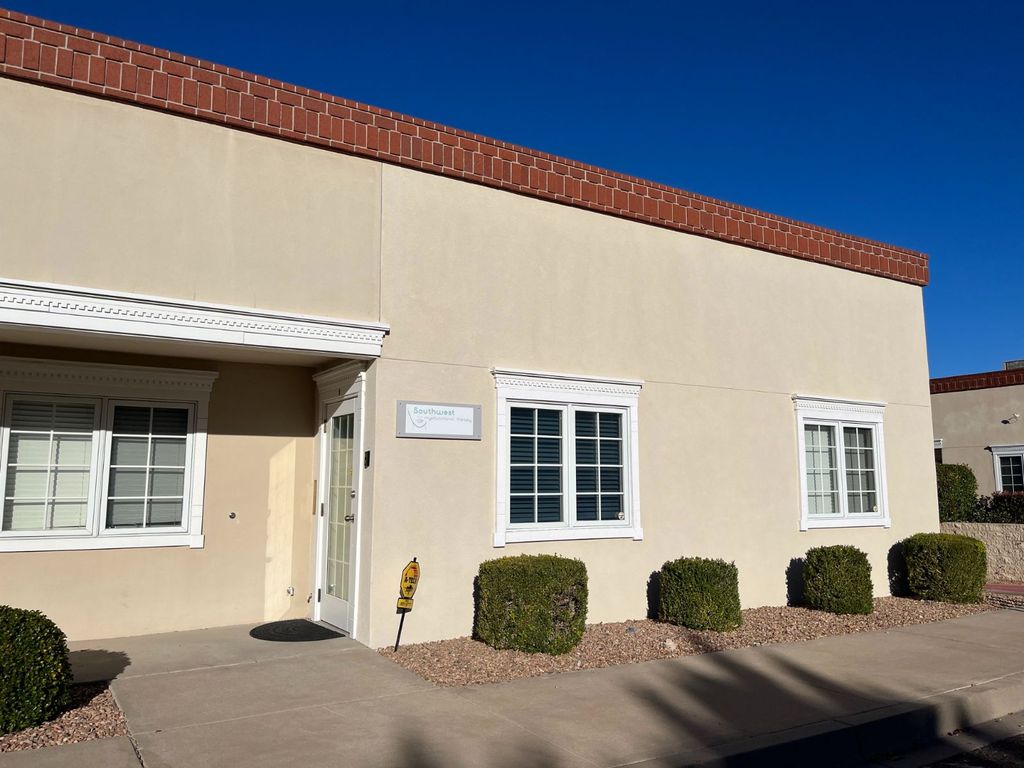Our Services and Specialties

Tongue-tie / Lip-tie
Tongue-tie and lip-tie can affect individuals of all ages, from infants struggling with breastfeeding to adults experiencing speech impediments, snoring, or sleep apnea. These cond...
Read More
Heart Rate Variability
Heart Rate Variability (HRV) refers to the variation in time intervals between consecutive heartbeats. In simpler terms, it measures the changes in your heart rate from one beat to...
Read More
Breath Reeducation
Myofunctional therapy, a versatile and noninvasive approach, plays a pivotal role in breath reeducation, optimizing the fundamental act of respiration for enhanced health and well-...
Read More
Breathe Institute Hub Provider
A sleep study is a comprehensive assessment conducted by trained professionals to investigate and evaluate various aspects of an individual's sleep patterns and behaviors. This pro...
Read More
Sleep Disorders
Myofunctional therapy is a revolutionary and noninvasive approach to address sleep disorders, targeting the fundamental causes often related to oral and facial muscle function. The...
Read More
TMJ Disorders
Myofunctional therapy, a non-invasive and holistic approach, has emerged as an effective solution for individuals suffering from Temporomandibular Joint (TMJ) disorders. At Southwe...
Read More
Chewing/Swallowing Disorders
Chewing and swallowing disorders, also known as dysphagia, can significantly impact an individual’s quality of life. These disorders can occur for various reasons, such as neurolog...
Read More
Buteyko Breathing
The Buteyko Breathing Method is a powerful approach that emphasizes efficient, nose-based breathing. When combined with myofunctional therapy, it becomes an even more transformativ...
Read More
Capnotraining (biofeedback measures of CO₂)
Breathing is a vital and often subconscious function of our bodies, and its impact on our overall health and well-being is profound. Myofunctional therapy, a holistic approach focu...
Read MoreGallery
Office Hours
MON - THU8:30 am - 5:00 pm
FRI - SUNBy appointments only









